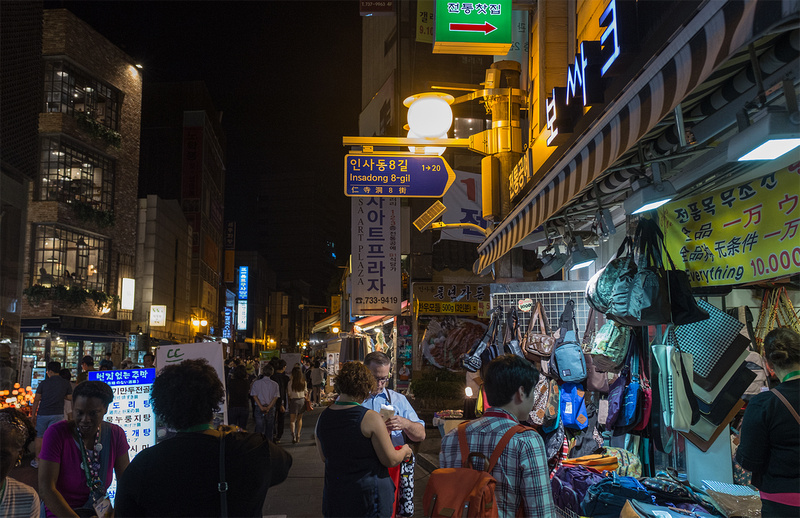darya151
Established
Delta 3200 and the recently released Tmax 3200 are still great options for film street at night.
I've shot a ton of delta 3200 at night and can fully recommend it.
I did shoot a fair bit of low light with the X100t when I had it and I can say that at 3200 the files are fairly workable.
phone edit*

wonderful image, really beautiful! Shot with 3200?
darya




